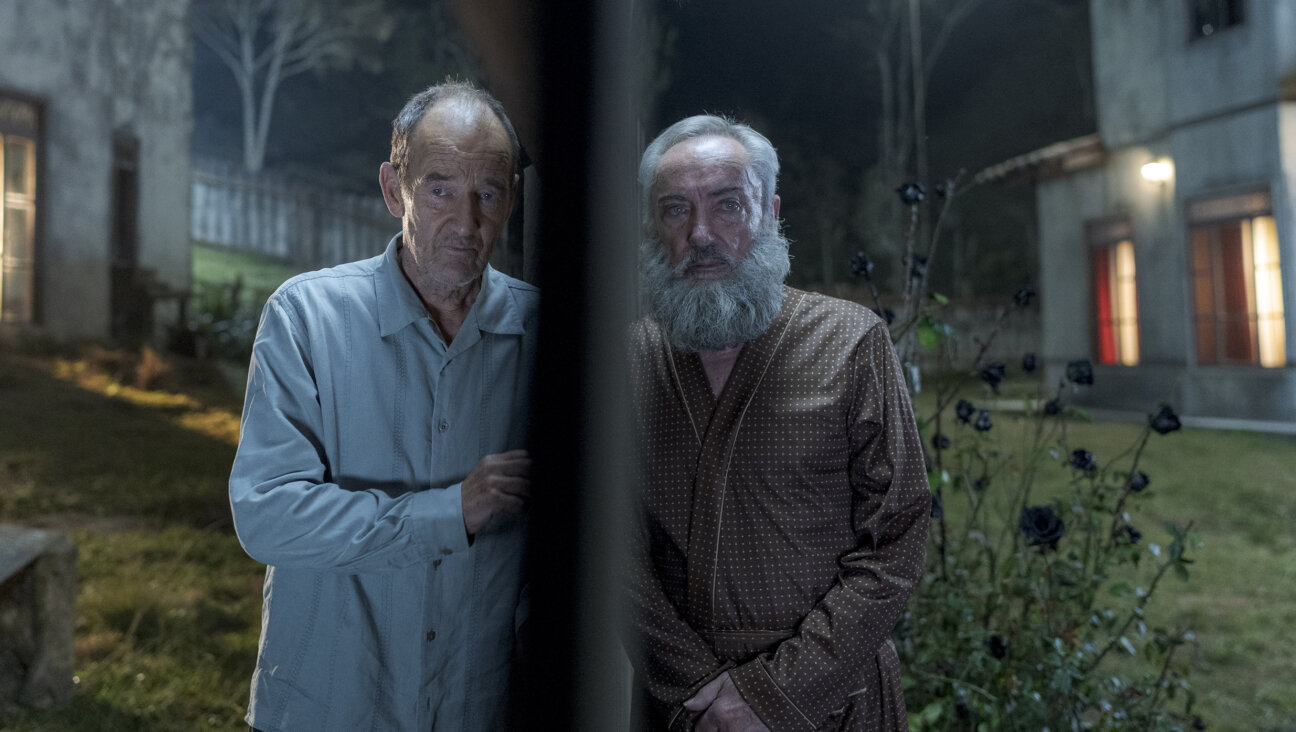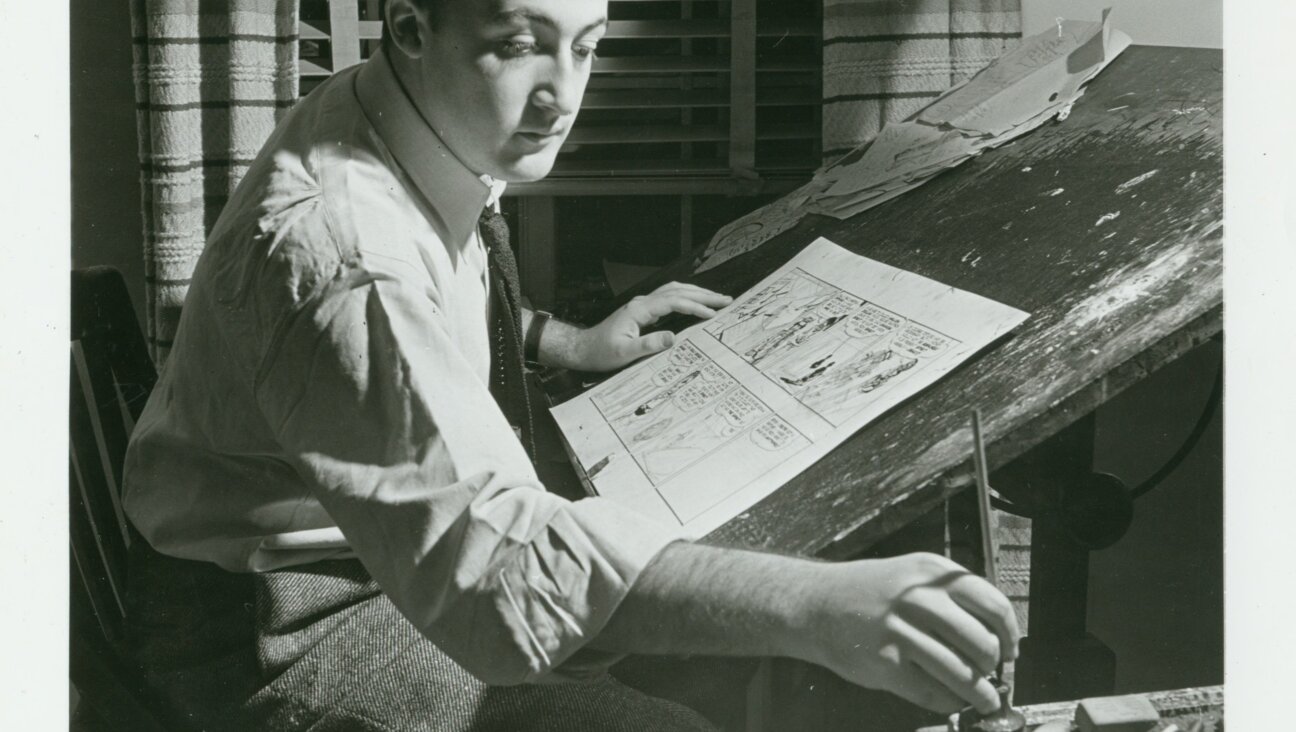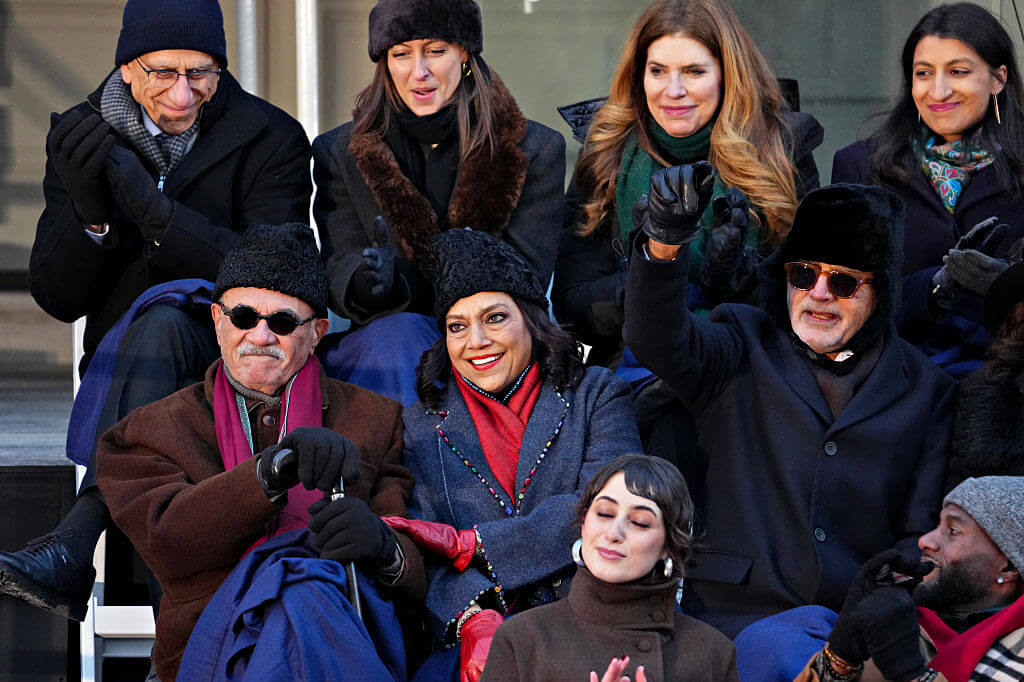A Shoah Story, From Israel
Our Holocaust By Amir Gutfreund, Translated by Jessica Cohen
The Toby Press, 407 pages, $24.95.
‘Tain’t what a man sez, but wot he means that the traducer has got to bring over.” Thus Ezra Pound to W.H.D. Rouse, on literature. What a difference a definite article makes. In its Hebrew original, the title of Amir Gutfreund’s first novel is “Sho’ah Shelanu”: “Our Holocaust,” no “The,” a title suggesting that the book is about not historical memory of the European destruction but something — a “Holocaust” — that is ongoing for the book’s protagonists, and that emerges in the narrative. One would think that “Our Holocaust” ought be firmly positioned in the corpus of serious Israeli literature about the Holocaust, from KaTzetnik to David Grossman. It ain’t.
“Our Holocaust” was first published in 2001 in Israel, where it became a best-seller. It now appears in a workmanlike translation by Jessica Cohen. It is a sometimes very funny, sometimes very serious and occasionally tragic novel — in truth a tale, in which Gutfreund lulls us into dropping our objections of realism. The story revolves around Amir and Effi, Haifa children with Holocaust-survivor parents, who are not quite “old enough” to learn about the Holocaust. Their passion is collecting “relatives” who substitute for their real relatives, who were killed, and through whom they learn about what happened in Europe. Amir grows up, and the many stories he has been told surface in a mild surprise at book’s end. It is a work that is funny, kitschy and ultimately engaging, but not especially good.
And yet, the reception in Israel has been extraordinary. How did “Our Holocaust” — not exactly one of the stellar products in recent Israeli fiction — become a truly popular book? How are we to position “Our Holocaust” in the context of serious literature of and on the Holocaust? Israelis have long been serious consumers of literary fiction. But unlike the heavy work put out by the Palmach generation and continued with David Grossman, Yoram Kaniuk and Nava Semel — who taught Israelis how the Holocaust was embedded in Jewish and Israeli psyches — Gutfreund writes in an accessible, witty, almost cute voice. And it is a voice that the Israeli public seems to have longed for. Grossman’s “See Under: Love” (originally published in English by Farrar, Straus and Giroux in 1989) was rightly received as a richly layered, serious book on the Holocaust, one of the first that made an effort to understand how the Holocaust was embedded in Jewish and Israeli psyches. And yet, according to press reports, many readers could not finish it, not because it was a “difficult” book but because it was an impossible book — impossible for a public in the 1980s. Semel, Kaniuk and Grossman showed Israelis that they had not only a present but also a difficult past. This was especially tough for many Israelis to take.
At bottom, there is a weariness in Israeli literary life that led to this kind of book, and the flaws in “Our Holocaust” are reflective of the “kitschiness” that has become characteristic of much of Israeli letters; Etgar Keret is a good example of this pattern.
But if the thesis of “Our Holocaust” is that the Holocaust is “with us,” then there is something missing. The novel is a grab-bag full of goodies that clearly have something to do with the Holocaust, that derive from the Holocaust, but that have little association or relevance to any significant issue in Israeli life. More troubling is that “Our Holocaust” returns us to the time when the image of the survivor was that of someone who is somewhat bizarre, and who can be mocked. There is indeed something faintly patronizing in the “cuteness” of Gutfreund’s prose — and he, as a member of the “Second Generation” of survivors, should know better. Amir Gutfreund, as “traducer” of “Second-Generation” life, ultimately falls short in providing us with answers, or even with questions.
Jerome A. Chanes is the author of “A Dark Side of History: Antisemitism Through the Ages” and a co-author of “A Portrait of the American Jewish Community” (Praeger Publishers, 1998), among other books. He is faculty scholar at Brandeis University’s Cohen Center for Modern Jewish Studies, and he is an editor and author of the forthcoming second edition of the Encyclopedia Judaica.














